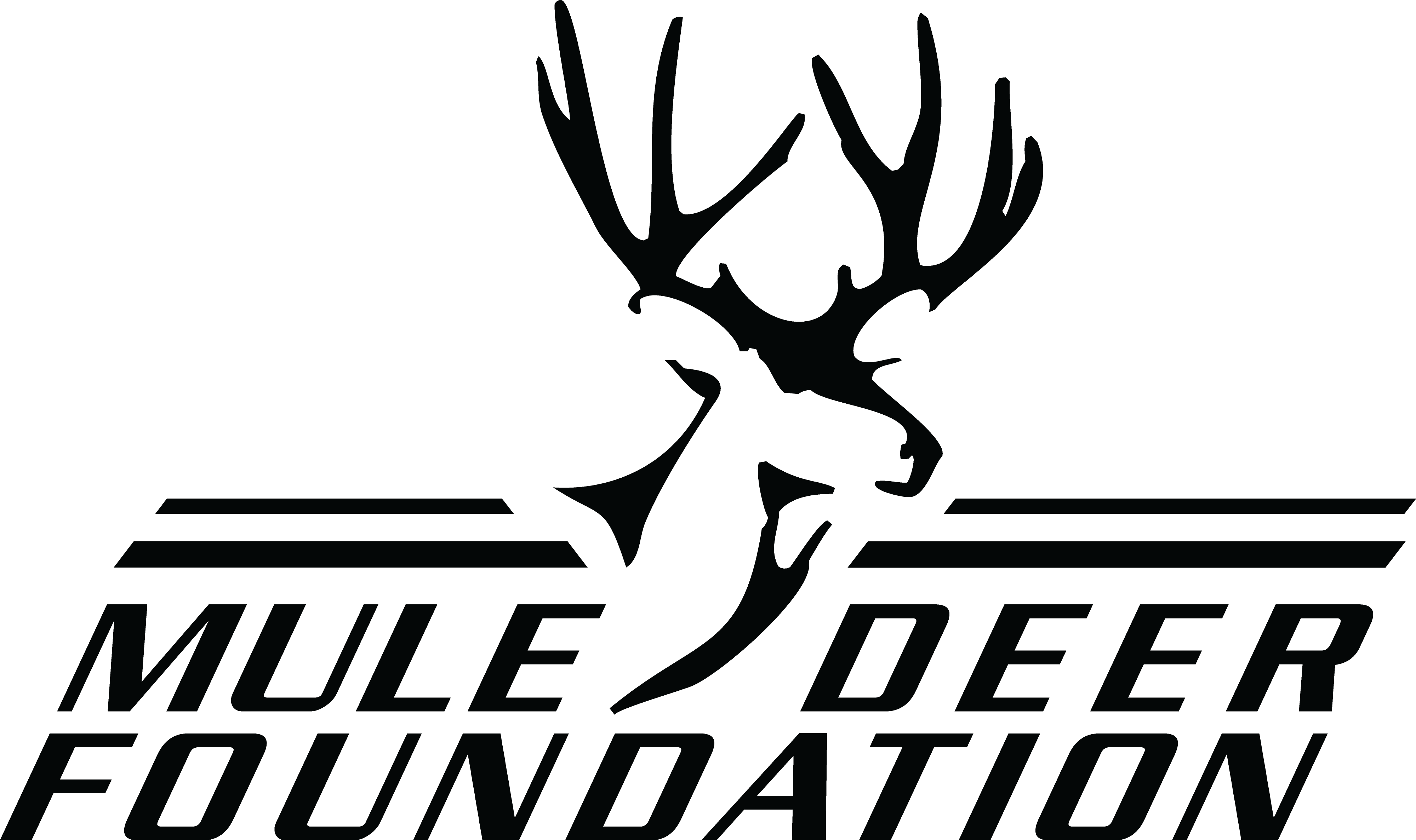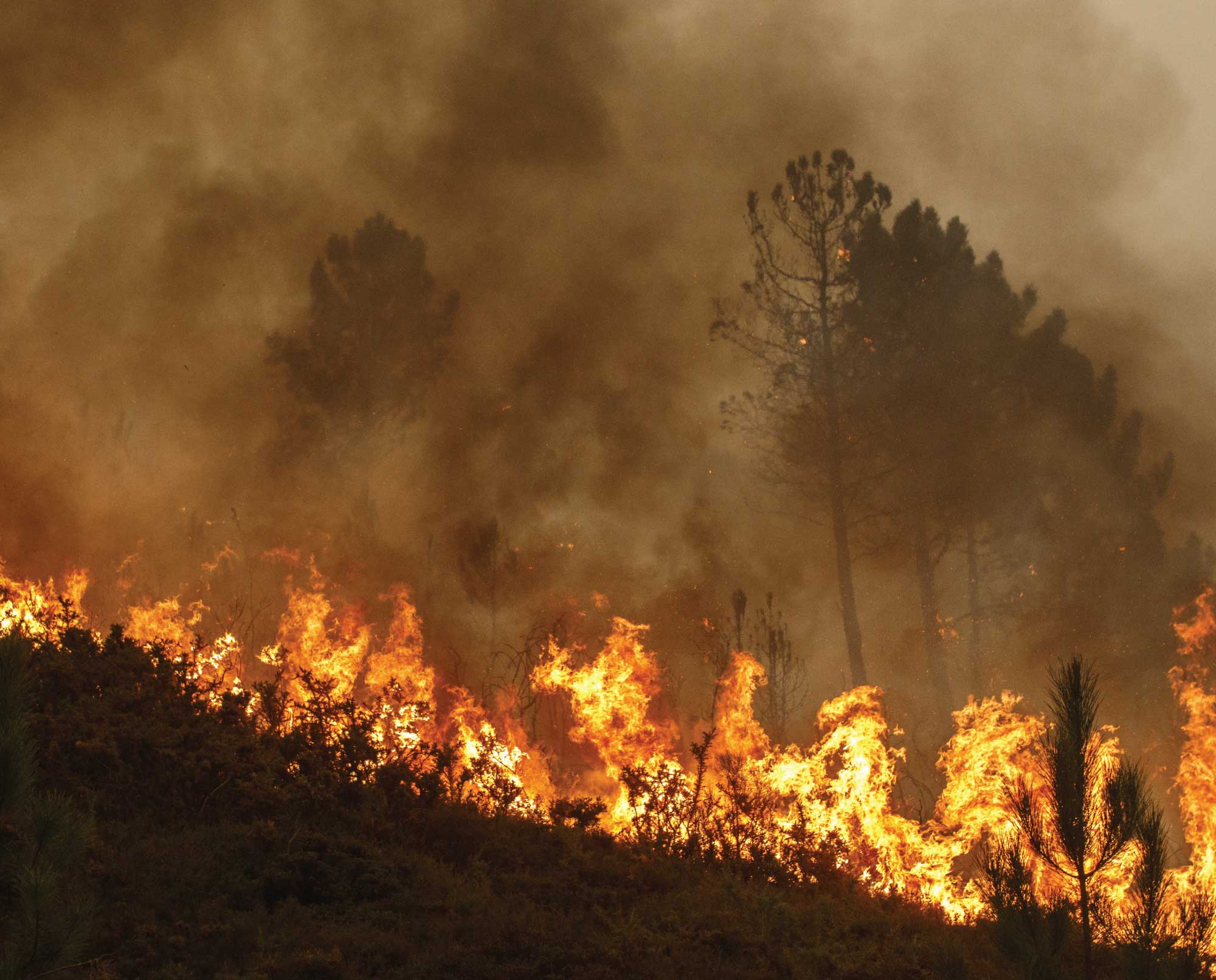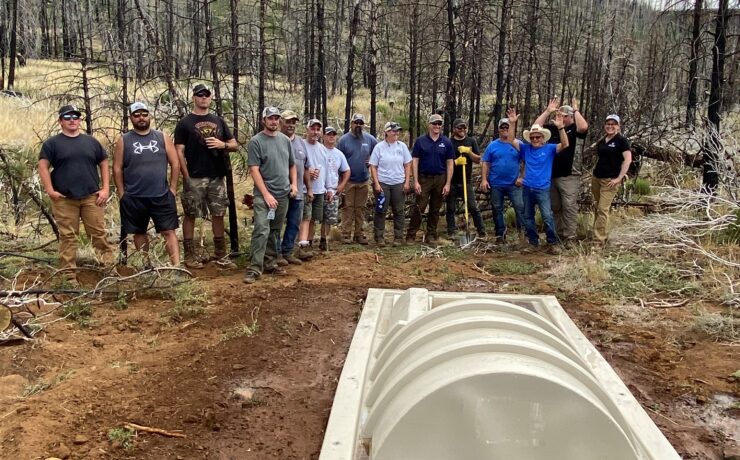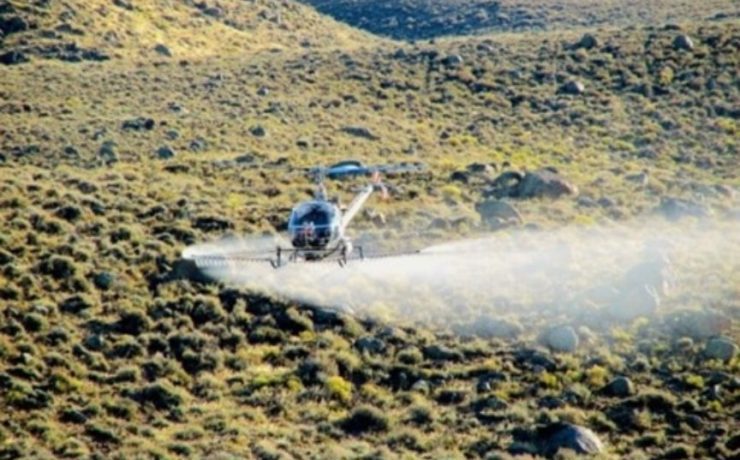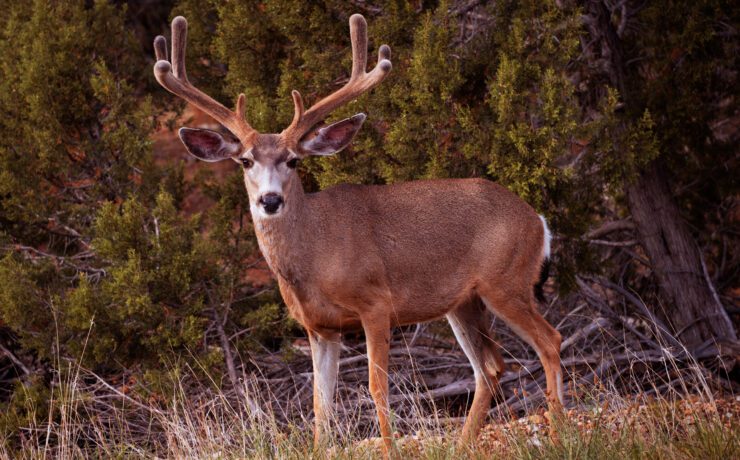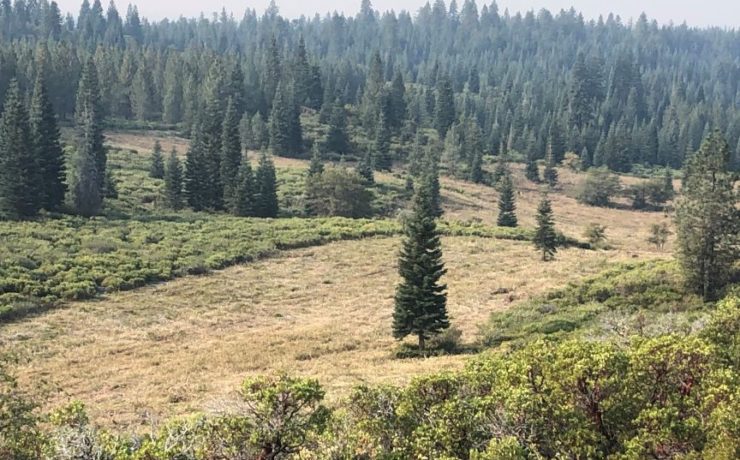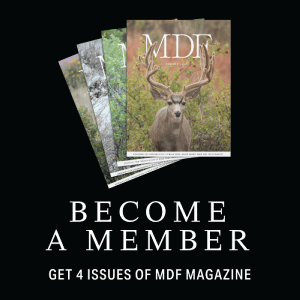Not all wildfires are bad, in fact fire is necessary in many habitats, but the fires that become catastrophic, stand-replacing events are devastating to deer and other wildlife. The nation’s decades-long policy of fire suppression and other factors have changed the fire-adapted systems in the West. Landscapes that used to have periodic low-intensity fires that helped clear the understory and create a mosaic of habitat types are now overgrown. The dense underbrush provides the ladder fuels that can take a small ground fire up into the forest canopy or sweeping through rangelands. These catastrophic fires destroy wildlife habitat, damage watersheds that provide community drinking water, and threaten people living along the wildland/urban interface.
Periodic natural disturbances (e.g., low intensity fires, windstorms, or avalanches) in small patches provide a variety of habitats in varying “successional” stages. Deer, elk, and other browsers like the small shrubs and forbs in early successional habitats in the years after a disturbance, but also use old growth areas for cover. Active forest management projects like timber thinning, clearing of understory brush, prescribed burns, and other activities can replicate the natural disturbance cycles to provide a mosaic of habitats while also reducing potential for catastrophic fire. Western rangelands, particularly sagebrush rangelands, typically have a long fire return interval—sometimes hundreds of years between stand-replacing fires. Proper rangeland management that sustains native grasses, wet meadows, and low intensity, mosaic fires allow for a natural defense against large fires.
Through stewardship projects and relationships with land managers, MDF is actively engaged in fire prevention by helping ranchers manage their grazing to not over-utilize the grasses; funding low intensity, mosaic prescribed fires; thinning trees where the understory has significant ladder fuels and unhealthy tree densities; creating fire-breaks where habitats and human property is protected; restoring wet meadows and other natural features that retain soil moisture; and planting native grasses and other vegetation. Best of all, these projects that prevent stand-replacing fires in forests and rangelands also provide the “homes and groceries” for deer and other wildlife.


